When specifying a flow meter, accuracy is a necessary requirement, but it is also essential to select a flow meter with sufficient range for the application.
‘Turndown’ or ‘turndown ratio’, ‘effective range’, or ‘rangeability’ are all terms used to describe the range of flow rates over which the flow meter will work within the accuracy and repeatability of the tolerances.
Flow Meter Turndown Ratio

Turndown Ratio Example
A particular steam system has a demand pattern as shown in the below Figure. The flow meter has been sized to meet the maximum expected flow rate of 1,000 kg/h.
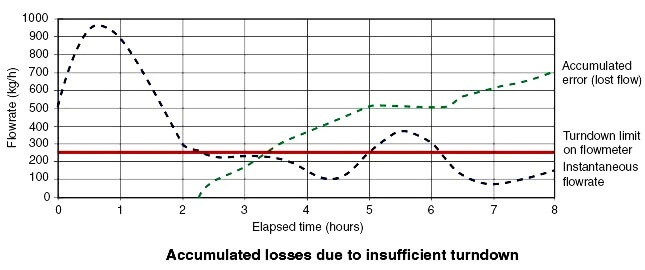
The turndown of the flow meter selected is given as 4:1. i.e. The claimed accuracy of the flow meter can be met at a minimum flow rate of 1000 ÷ 4 = 250 kg/h.
When the steam flow rate is lower than this, the flow meter cannot meet its specification, so large flow errors occur. At best, the recorded flows below 250 kg/h are inaccurate – at worst they are not recorded at all, and are ‘lost’.
Also Read: Importance of Flow Meter Accuracy
In the example shown in Figure, ‘lost flow’ is shown to amount to more than 700 kg of steam over an 8-hour period. The total amount of steam used during this time is approximately 2700 kg, so the ‘lost’ amount represents an additional 30% of total steam use. Had the steam flowmeter been specified with an appropriate turndown capability, the steam flow to the process could have been more accurately measured and cost.
If the steam flow is to be accurately metered, the user must make every effort to build up a true and complete assessment of demand, and then specify a flowmeter with:
- The capacity to meet maximum demand.
- A turndown is sufficiently large to encompass all anticipated flow variations.
Source: spiraxsarco
If you liked this article, then please subscribe to our YouTube Channel for Instrumentation, Electrical, PLC, and SCADA video tutorials.
You can also follow us on Facebook and Twitter to receive daily updates.
Read Next:
- Orifice beta ratio values
- ANSI Class Relates to PSI
- Characteristics of Flow Meter
- Magnetic Meter Construction
- K factor Formula of Flow Meter
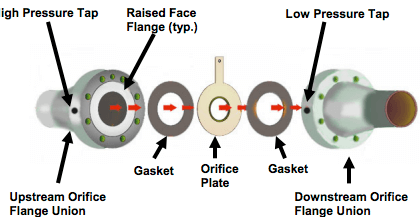
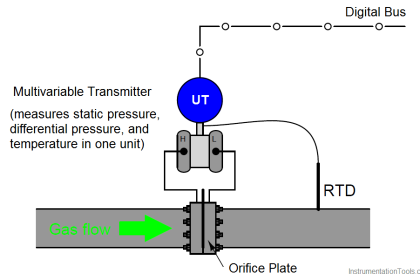
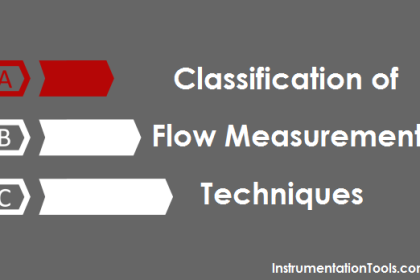

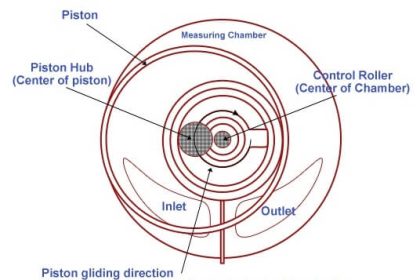
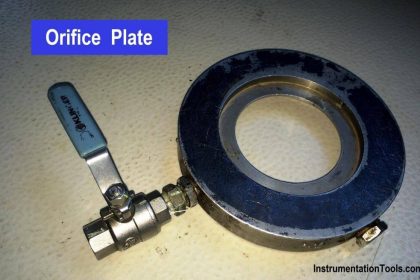
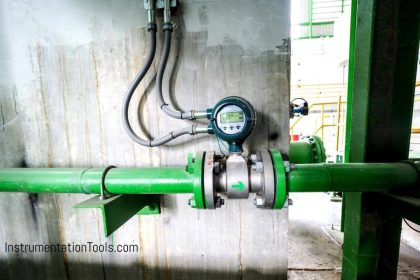
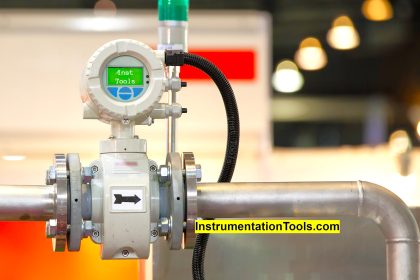
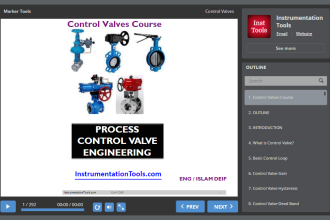
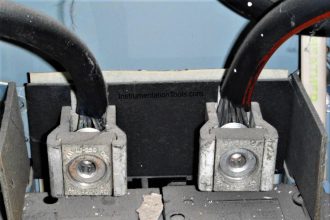
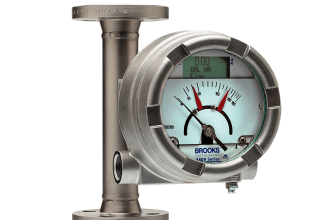
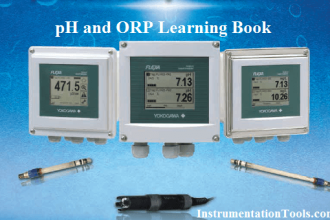
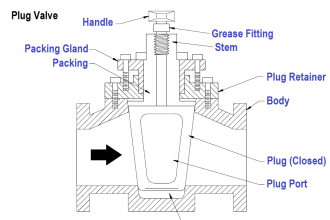


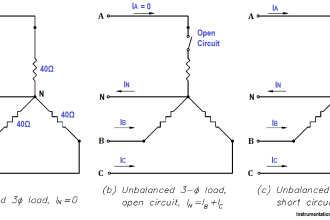

Turn down is related to accuracy of measurement, but rangeability correspond to the capability of the instrument to measure the minimum value however accuracy will not come in picture.
Accuracy at turndown must be stated in % of rate. If stated at % Full Scale it is totally misleading. For example accuracy of 1% full scale, at full scale is 1%. Accuracy of the same device at 10% of full scale is 10%!!